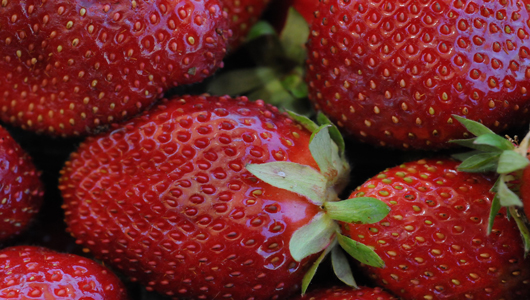2014 –INTERNATIONAL YEAR OF FAMILY FARMING
The United Nations officially kicked off its 2014 International Year of Family Farming (IYFF) campaign on Friday. The 2014 IYFF is an initiative that seeks to raise the profile of family farming and promote broad discussion and cooperation at the national, regional and global levels.
 The United Nations officially kicked off its 2014 International Year of Family Farming (IYFF) campaign on Friday. The 2014 IYFF is an initiative that seeks to raise the profile of family farming and promote broad discussion and cooperation at the national, regional and global levels.
The United Nations officially kicked off its 2014 International Year of Family Farming (IYFF) campaign on Friday. The 2014 IYFF is an initiative that seeks to raise the profile of family farming and promote broad discussion and cooperation at the national, regional and global levels.
Additional information on the 2014 IYFF U.S. national committee is available at: http://www.yearoffamilyfarming.com/














